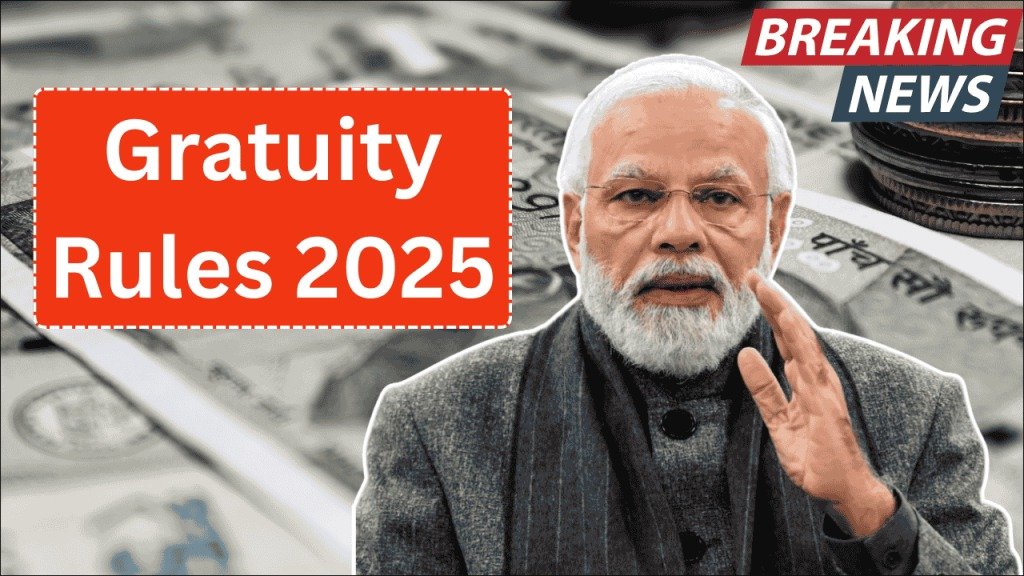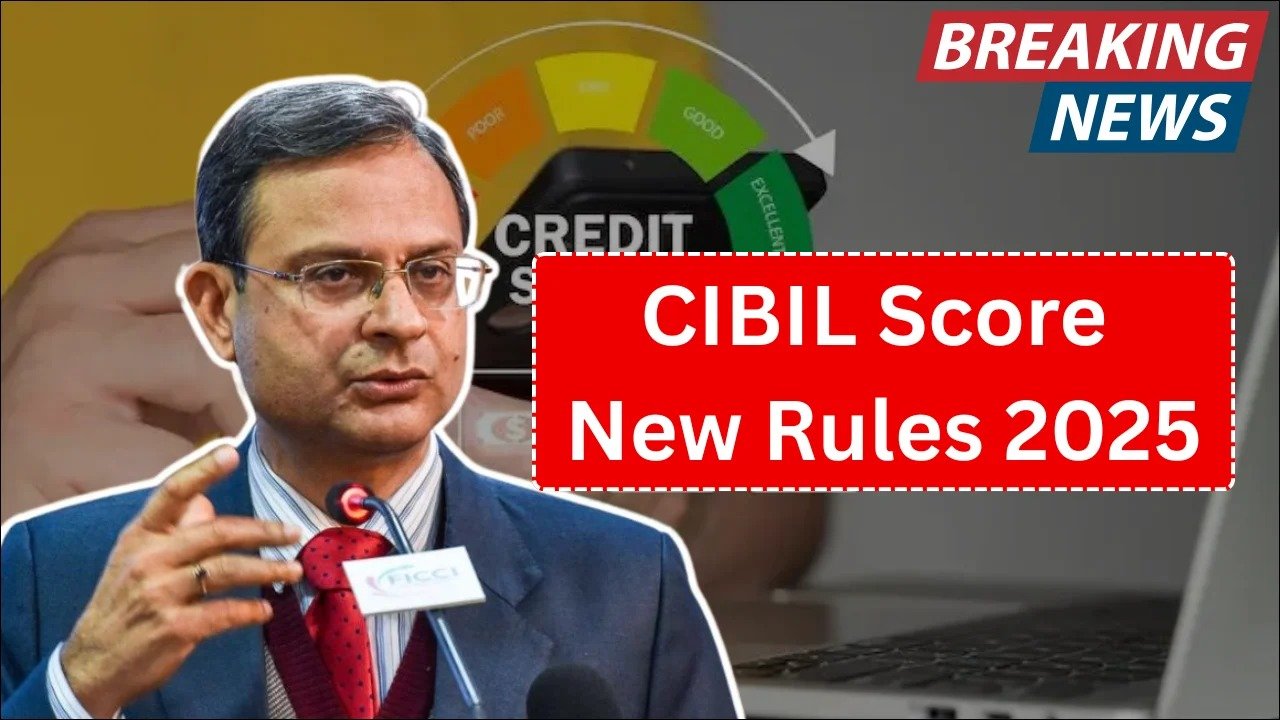
Gratuity serves as a crucial retirement benefit for employees in India, providing financial security after years of dedicated service. With recent updates to regulations and tax exemption limits, it’s essential for both employees and employers to understand the current framework governing gratuity payments in 2025.
Table of Contents
What is Gratuity?
Gratuity is a lump sum payment made by employers to employees as a token of appreciation for their long-term service. It is governed under the Payment of Gratuity Act, 1972, and is primarily applicable to employees who have completed at least five years of continuous service.
The benefit acts as a post-retirement financial cushion, helping employees transition smoothly into their retirement years. It’s calculated based on the employee’s last drawn salary and years of service with the organization.
Updated Tax-Free Limit for 2025
One of the most significant changes in recent years has been the enhancement of the tax exemption limit. The maximum limit of gratuity has been increased and is now tax-exempt up to ₹20 lakh from the previous ceiling of ₹10 lakh under Section 10(10) of the Income Tax Act.
This doubling of the exemption limit provides substantial tax relief to employees, especially those in senior positions or with longer service periods. This change makes gratuity an even more attractive retirement benefit.
Gratuity Calculation Formula
The standard gratuity calculation follows a simple formula: Gratuity = Last salary drawn × (15/26) × Number of years of service. This formula applies to regular establishments with continuous operations throughout the year.
For seasonal establishments, the calculation differs significantly, with gratuity payable at seven days’ wages for each completed season instead of the standard 15 days for regular employment.
Current Gratuity Regulations Summary
| Aspect | Details |
|---|---|
| Minimum Service Period | 5 years of continuous service |
| Tax-Free Limit | Up to ₹20 lakhs |
| Calculation Basis | 15 days wages per year of service |
| Payment Timeline | Within 30 days of becoming due |
| Maximum Limit | ₹20 lakhs (as per Payment of Gratuity Act) |
| Seasonal Establishments | 7 days wages per season |
Key Compliance Requirements
The employer shall pay gratuity within 30 days from the date it becomes payable. If gratuity is not paid within the specified time, the employer must pay interest on the amount due until payment is made.
Employers must ensure timely payment to avoid interest penalties and potential legal complications that could arise from delayed payments.
Important Considerations for 2025
Employers cannot artificially reduce gratuity by decreasing Basic Pay, and Basic + DA must be 50% or more of total compensation. This regulation prevents manipulation of gratuity calculations to reduce employee benefits.
While the maximum limit for gratuity is ₹20 lakhs as per current rules, employers can choose to pay higher amounts as gratuity if they wish. However, any excess amount will not qualify for tax exemption.
Taxation Beyond Exemption Limit
Private sector gratuity remains taxable beyond ₹20 lakh, unlike government employees who enjoy different tax treatment. This highlights the varying treatment between different employment sectors.
Any amount received above the ₹20 lakh threshold will be subject to income tax as per the applicable tax slabs of the recipient, making tax planning crucial for high-earning employees.
Strategic Planning for Employees
Employees should consider timing their retirement to minimize overall tax burden while maximizing benefits. This becomes particularly important for senior employees who may receive gratuity amounts close to or exceeding the tax-free limit.
Proper planning can help employees optimize their retirement benefits and reduce their tax liability, especially when combined with other retirement income sources.
Key Takeaways
The enhanced ₹20 lakh tax-free limit makes gratuity an even more valuable retirement benefit for Indian employees. Understanding the calculation method, compliance requirements, and tax implications ensures both employers and employees can maximize this benefit effectively.
With proper planning and adherence to regulations, gratuity continues to serve as a reliable financial foundation for employees transitioning into retirement.
Frequently Asked Questions
Q: Can gratuity exceed ₹20 lakhs?
A: Yes, employers can pay more than ₹20 lakhs, but amounts above this limit are taxable.
Q: What happens if my employer delays gratuity payment?
A: Employers must pay within 30 days or face interest charges on the delayed amount.
Q: Is gratuity completely tax-free for government employees?
A: Government employees enjoy different tax treatment compared to private sector employees for amounts exceeding ₹20 lakhs.





